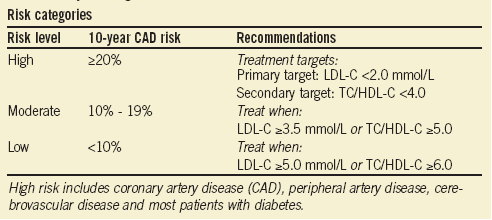Graham Beaton BHSc, ND
Doctor of Naturopathic Medicine
As February was Heart Month, many patients came in to find out ways to address and improve their cardiovascular health. One of the main risk factors that often needs to be addressed is cholesterol.
Cholesterol – What is it?
Cholesterol is a waxy substance that is produced in our bodies and in the bodies of animals. It is an essential component that is required for many functions, including making and repairing the membranes of cells, producing hormones, and making vitamin D.
While cholesterol is vital for health, having levels that are too high can have negative consequences. When cholesterol levels are too high, fatty deposits may develop in the walls of blood vessels affecting the normal flow of blood. If blood flow that nourishes the heart is affected, then a heart attack may occur. If blood flow to the brain is affected, then a stroke may occur.
What is the test?
A simple blood test, called a lipid panel or a lipid profile, is required to assess cholesterol levels. This test will report total cholesterol, LDL cholesterol (the bad cholesterol), HDL cholesterol (good cholesterol) and triglycerides.
In order for cholesterol levels to be properly measured, 9 to 12 hours of fasting (no food and drink; water is allowed) is required before the sample is taken.
Who should be tested?
It is currently recommended that men aged 40 and older and women aged 50 and older should have their cholesterol levels checked yearly. More frequent tests may be necessary depending on your cholesterol levels and if you are at an increased risk of heart disease. Risk factors include:
- Prior history of heart attack or stroke
- Family history of heart disease (especially if your father/brother was diagnosed younger than 55 years and mother/sister was diagnosed younger than 65 years)
- 40 years of age or older if you are a man
- 50 years of age or older if you are a woman
- Women who are going through menopause or who are post-menopausal
- Cigarette smoking within the previous year
- Having high blood pressure or diabetes
- Being overweight or obese
- Being inactive
- Experiencing chest discomfort on exertion, having difficulty breathing or erectile dysfunction
- Chronic kidney disease or systemic lupus
Interpreting the numbers
The following are the general guidelines for cholesterol targets.
While these are the general guidelines for cholesterol and triglyceride levels, treatment targets and guidelines are set according to your individual level of risk. For instance, if someone is at a higher risk of developing heart disease, the recommended level of LDL cholesterol is lowered. Thus if they are at a high risk, LDL levels would be recommended to be below 2.0 mmol/L instead of below 2.6 mmol/L.
Furthermore, for individuals who are at higher risk of developing cardiovascular disease, additional tests may be ordered to better evaluate risk. These tests may include:
- Apo B: A component on smaller LDL particles. Smaller LDL particles increase rate of plaque build-up in the walls of arteries.
- hsCRP: An inflammatory marker that has been shown to be elevated when there is increased risk of having a cardiovascular event.
- Measuring blood sugar levels
- Stress test: To evaluate the ability of your heart to respond to different levels of physical activity.
- Echocardiogram: To evaluate the structure and function of the heart.
Treatment Options
The cornerstone of successful treatment for elevated cholesterol and triglycerides include proper diet and lifestyle modifications. Although most people have some knowledge about heart health, a consultation with a trained health professional can provide you with safe and scientifically based strategies to affect LDL, HDL and triglyceride levels in order to lower your risk of developing cardiovascular disease.
If you have questions about cholesterol and how to lower it naturally, please give me, Graham Beaton, a call at 613-290-6115. I am a Naturopathic Doctor located in the Centretown neighbourhood of downtown Ottawa.

